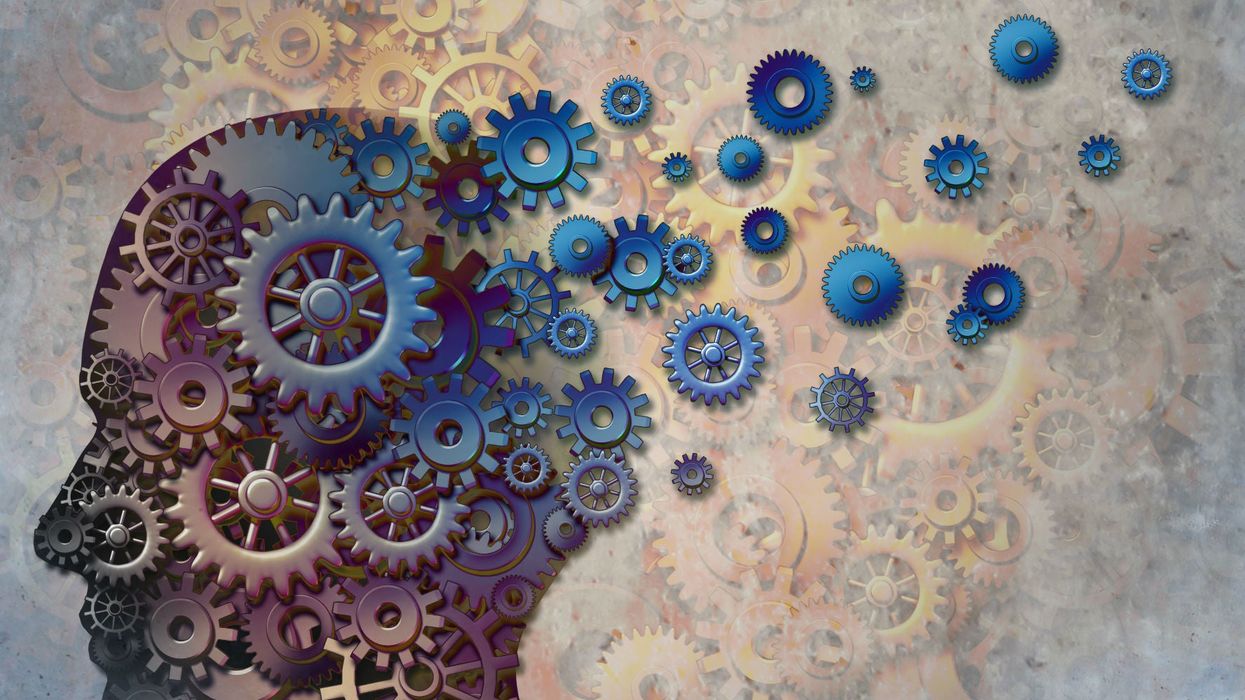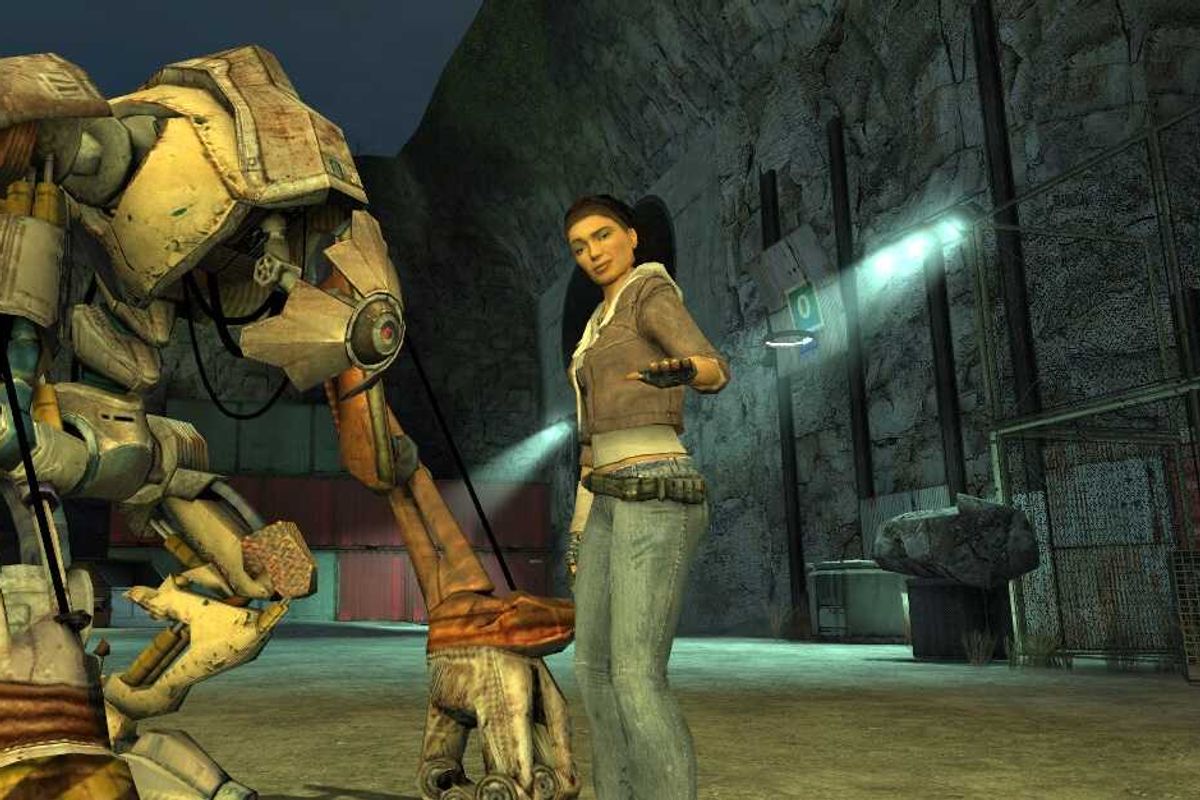News
Jack Webb
Nov 24, 2018

Picture:
istock/wildpixel
Go ahead and add 'seeing the future' to the growing list of amazing things your brain can do.
Well, almost, at least. According to new research from the University of California, Berkeley, it turns out that humans have the innate skill to somewhat predict or anticipate some things moments before they actually happen.
The research has suggested that humans have two 'internal clocks' in your brain, connected to your cerebellum and the basal ganglia, both of which work together to allow you to make these short-term predictions.
First we need to talk about what these two internal clocks do and how they do it.
In our brains, we have what's known as interval timing, and it's connected to your cerebellum - the part of your brain that allows you to receive information from your other sensory systems.
The second region is the basal ganglia. This reporter is no neuroscientist, but in layman's terms the basal ganglia are an important group of structures found deep within your brain.
This skill of foresight is reliant on these regions of your brain, interval timing uses your past experiences to almost cobble together a predicted outcome based on that while the basal ganglia is instead reliant on rhythm.
You can read more about how these all work together and the findings here at the Proceedings of the National Academy of Sciences.
Regarding the research, lead author of the study, Assaf Breska said in a statement:
Whether it’s sports, music, speech or even allocating attention, our study suggests that timing is not a unified process, but that there are two distinct ways in which we make temporal predictions and these depend on different parts of the brain.
To conduct the research, the team studied people with Parkinson's disease and others with cerebellar degeneration.
These patients were asked to deal with basic and complex predictions regarding a green flashing square and when it would appear while watching an overall sequence of green, red and white squares on a screen.
The basic sequence had a more steady pattern, while the second, more complex one had more of an erratic rhythm.
Richard Ivry, another author of the research, said this in a statement:
We show that patients with cerebellar degeneration are impaired in using non-rhythmic temporal cues while patients with basal ganglia degeneration associated with Parkinson’s disease are impaired in using rhythmic cues.
Interestingly enough, the conclusions showed that the patients with Parkinson's were much more adept at predicting the more complex pattern, while cerebella degeneration patients were the opposite.
Of these findings, Breska commented:
Our results suggest at least two different ways in which the brain has evolved to anticipate the future
A rhythm-based system is sensitive to periodic events in the world such as is inherent in speech and music. And an interval system provides a more general anticipatory ability, sensitive to temporal regularities even in the absence of a rhythmic signal.
This notion that humans have two internal clocks challenges previous veins of thought regarding the matter.
Thanks to the study, the results hope to bring aid to people suffering from both of these conditions.
The human brain is a powerful thing, and this research demonstrates an ability to decipher the world around you based on environmental cues.
More: Study says that forgetful people may have superior intelligence

Top 100
The Conversation (0)













